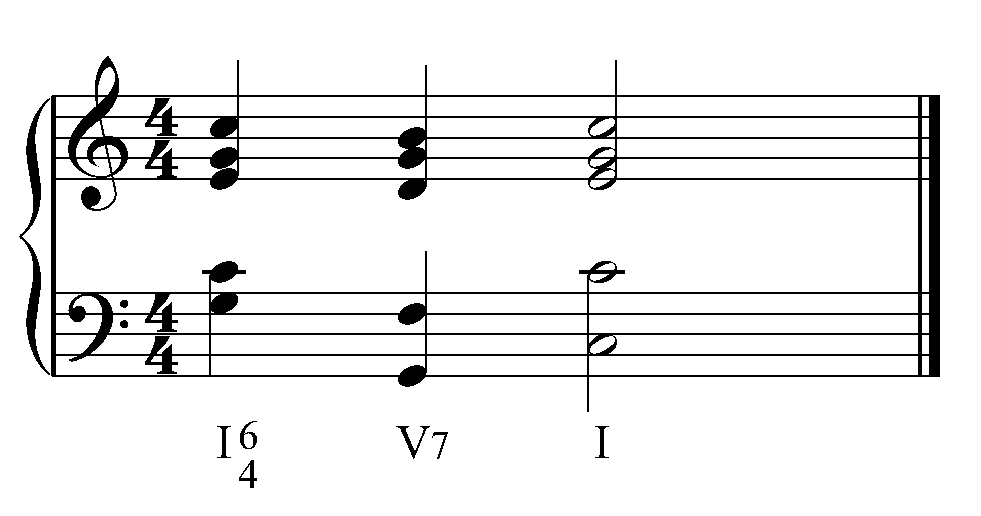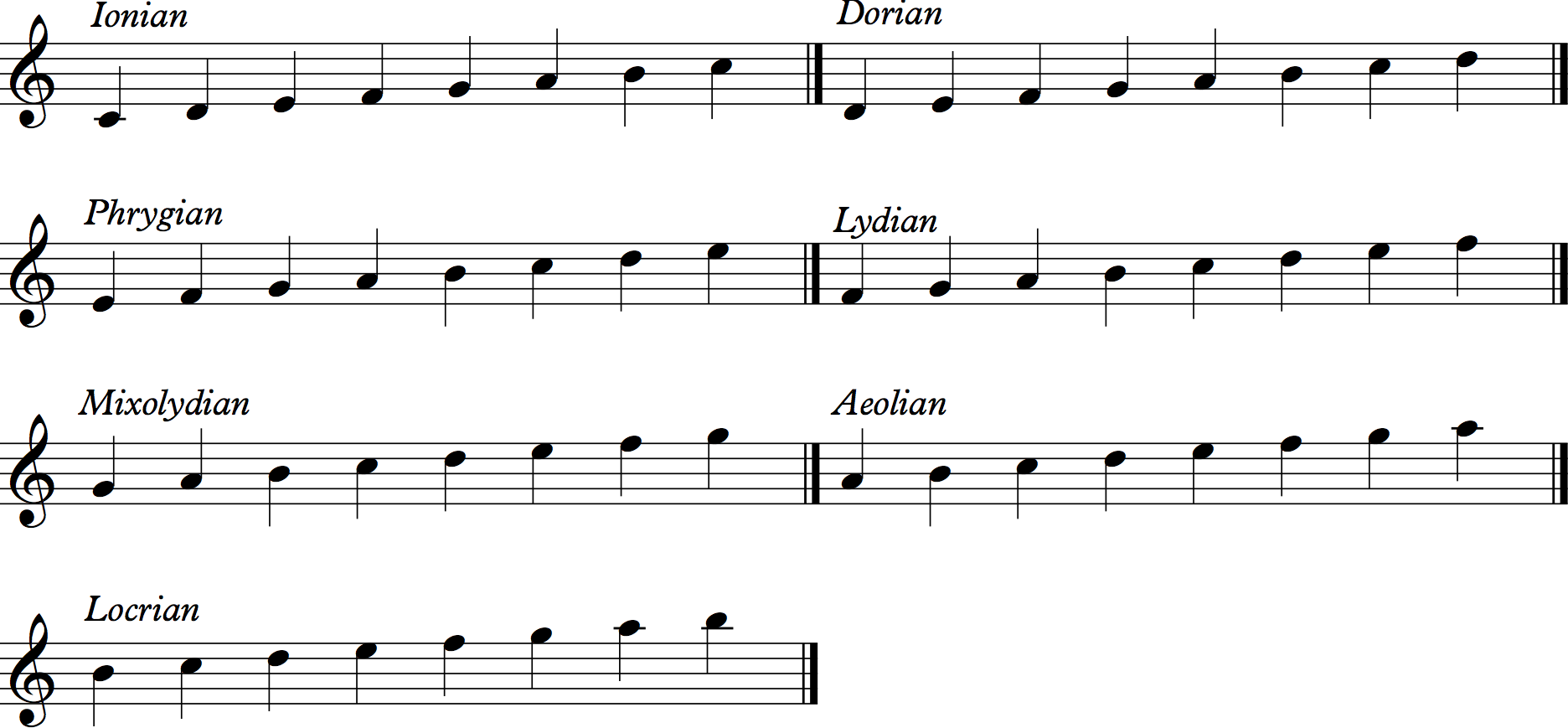C3 | Non-functional harmony and modes
Listen to this
What is non-functional harmony?
- Non-functional harmony bears this term because it exists in its own right as a chord or a sound and this is its main purpose. It does not have the feel of having to progress or move to another chord. The works and tonality of the Late Romantics at the end of the 19th century is a good example to hear those types of chords.
- This above era is often called the Post Romantic period. Some of the composers that showed these harmonic characteristics were Gustav Mahler, Richard Wagner and Richard Straus. Claude Debussy too used chords purely to create a certain atmosphere.
- The chords and keys often present a problem to many students (and teachers) that try to define them and very often there is no simple answer to the question ‘In which key are we now?’
- The following progression obviously leads to a perfect cadence ending on the tonic triad. This is therefore an example of functional harmony because they prepare us for a predictable ending. The first chord resolves onto the second and the second (a dominant 7th) onto the third.

- Now listen to the chords in a work called La Cathedrale Engloutie, (The Submerged Cathedral). This is a piano prelude by the composer Debussy. They are 7th chords, but they are moving in a parallel motion without resolving and there no tonic triad at the end of the phrase. They are used to describe the cathedral sinking gradually to the depths of the sea. They are non-functional chords.

Look and listen to this example of chords from a music-drama by the composer Wagner, called Tristan und Isolde.
These theatrical works are long, powerful and have a long-lasting effect on the listener.

- Non-functional chords such as these create a special kind of mood or atmosphere.
- Here, they create part of the leitmotif of the character Tristan – a complex character, full of tension.
- Although many have tried to analyse this chord in bars 2 and 6, not many have come up with a solution and maybe that there is no label or name for it.
- This is a very chromatic chord and despite the lack of a key signature, this is not in that key of C major!
- The interval of an augmented 4th between the two lowest notes of the chord also creates tension. This interval is also called the diabolus (devil’s interval) or the tritone.
What is a mode?
- Modes are simply scales based on the white notes of the piano. Every mode has its own character. They are old and are associated first of all with the Renaissence period in classical music but also many are represented in folk music.
- In Wales, we have many folk songs using modes. Many are in the Aeolian mode (the mode starting on A) such as Llongau Caernarfon or Dacw Nghariad i Lawr yn y Berllan. The air Lisa Lân is in the Mixolydian mode and the Hen Ferchetan is in the Dorian mode.
There are seven modes:

Many classical composers used this kind of modality. When the Nationalist movement in music grew in the 19th century, many musicians used their own folk melodies and characteristics within their works. Chopin, e.g. has many traditional dances from his motherland using modal tonality.
Listen to this piece: Chopin: Mazurka no 15.
Notice the following features from traditional music:
- it’s in triple time with often a strong accent on the last beat in the bar in two-bar phrases.

- listen carefully to the bars that begin towards the bottom of the first page and begin with the next video:
They are in the Lydian mode (F to F) – the music gravitates towards the tonic F, but that Chopin obviously does not want an expected Bb in the tonality. The accidental B natural is clear in the music; neither is it in the key of C major nor in F major, but in the Lydian mode.
Non-functional harmony is defined as chords in a piece of music without being in a traditional progression. Very often, the chords or harmonies are unexpected, chromatic and stand apart from a sequence that ends in a cadence or shifts towards the tonic. If they are chromatic, they are very often left without resolving.